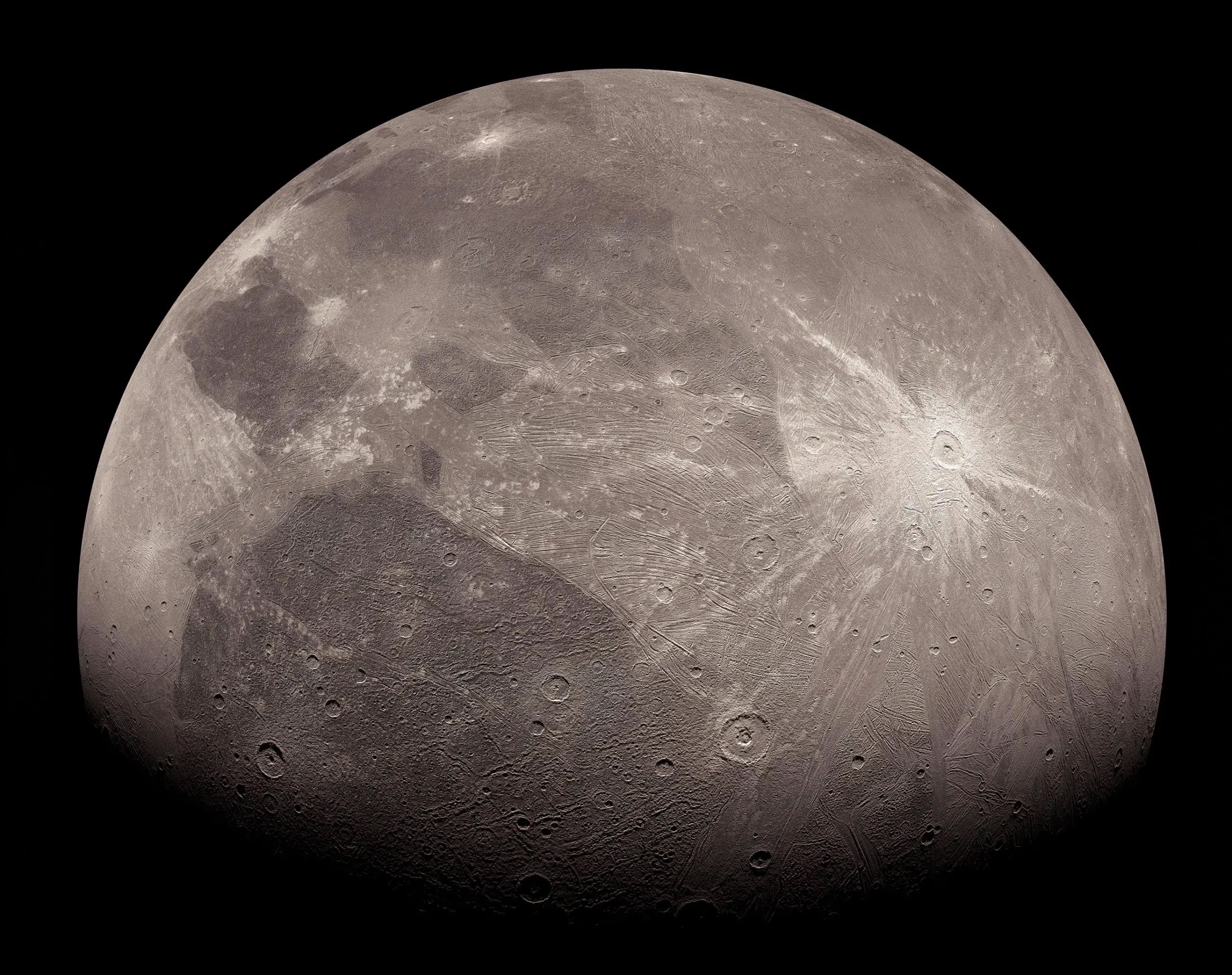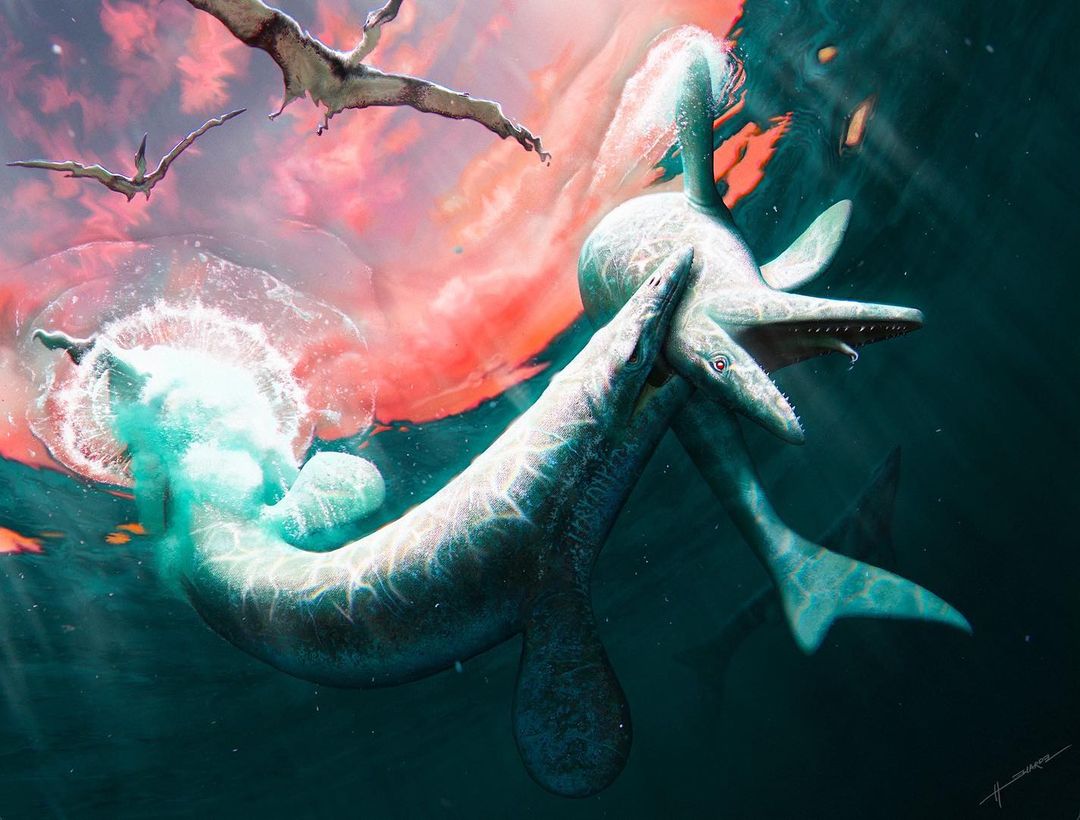In a remarkable discovery, NASA scientists have detected the presence of salts and organic compounds on the solar system’s largest moon.
Ganymede, which orbits Jupiter every 7.16 days and the Sun every 12 years, is even more substantial than Mercury and the dwarf planet Pluto. Experts believe that Ganymede conceals an underground saltwater ocean, potentially holding more water than Earth’s surface.
Previous spectroscopic observations hinted at the existence of salts and organic materials on Ganymede. Still, the images’ low spatial resolution prevented conclusive findings.
In June 2021, NASA’s space probe Juno passed over the icy moon at an astonishingly close minimum altitude of 650 miles. During this encounter, the Jovian Infrared Auroral Mapper (JIRAM), an instrument on Juno, captured clear infrared images of Ganymede’s surface, achieving an unprecedented spatial resolution of 0.62 miles (1 kilometre) per pixel for infrared spectroscopy.
With this high-resolution data, scientists have confirmed the presence of non-water-ice materials, including sodium bicarbonate, ammonium chloride, hydrated sodium chloride, and potentially aliphatic aldehydes, aligning with their earlier observations.
Federico Tosi, an expert on Juno, explained, “The presence of ammoniated salts suggests that Ganymede may have accumulated materials cold enough to condense ammonia during its formation. The carbonate salts could be remnants of carbon dioxide-rich ices.”
Scott Bolton, Juno’s principal investigator, added, “We found the greatest abundance of salts and organics in the dark and bright terrains at latitudes protected by the magnetic field. This suggests we are seeing the remnants of a deep ocean brine that reached the surface of this frozen world.”
The findings have been documented in Nature Astronomy, published on 30 October. Scientists anticipate this data will provide invaluable insights into Ganymede and its enigmatic deep ocean, furthering our understanding of this celestial body.
Disclaimers:
This content and images have been licensed to use by Jam Press, edited and syndicated by https://www.znewsservice.com/.
Should you have any questions relating to this content please get in touch with Jam Press via https://www.jampress.co.uk/contact-us/






